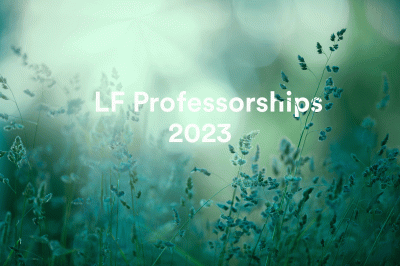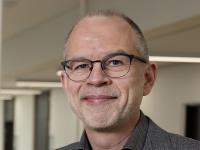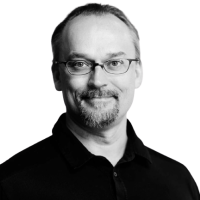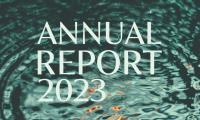The Lundbeck Foundation grants DKK 80 million to three brain research professors
One of Denmark's largest brain research programs will award a total of DKK 80 million in 2023 to projects with the potential to "promote new and groundbreaking science and basic research"

The projects span a total of six years, with one grant of DKK 40 million and two grants of DKK 20 million each.
The research grants are distributed among three internationally recognized brain researchers and professors – two from the University of Copenhagen and one from Aalborg University, explains Peter Thostrup, scientific program director at the Lundbeck Foundation.
"The grants enable the recipients to investigate an area within brain research by building a scientific environment involving younger researchers who will get the opportunity to unfold their talent. The three recipients were selected from a total of 21 applicants, and their projects contain truly exciting aspects within brain research, which is the Lundbeck Foundation's specific focus area," says Peter Thostrup.
The three recipients of LF Professorships 2023
-
Thomas Graven-Nielsen, professor and director of the Center for Neuroplasticity and Pain (CNAP) at Aalborg University - receiving DKK 40 million.
-
Nanna MacAulay, neurophysiologist, professor at the Department of Neuroscience, University of Copenhagen - receiving DKK 20 million.
-
Dimitrios Stamou, a specialist in nanoparticles and professor at the Department of Chemistry, University of Copenhagen - receiving DKK 20 million.
The projects:
THOMAS GRAVEN-NIELSEN, through his project, aims to achieve a better understanding of chronic pain that may arise in connection with physical trauma, where the brain, in a certain sense, seems to adapt to the pain – which may become chronic. In addition to exploring this pattern, Thomas Graven Nielsen will use non-invasive brain stimulation (TMS) to try to prevent and alleviate chronic pain. In TMS treatment, the brain is stimulated from the outside – through the skull - with a magnetic field that induces a very weak current in the brain tissue. TMS is used experimentally to affect specific circuits in the brain.
NANNA MACAULAY is a specialist in the biological mechanisms that control the production of cerebrospinal fluid (CSF) in humans and other mammals. In hydrocephalus, also known as 'water on the brain,' an excess of CSF build-up in the brain, posing the danger as it creates pressure within the skull. To counteract this, there needs to be a drainage of CSF. Currently, doctors rely on surgery to implant a form of drainage to assist patients, but this solution can lead to many complications.
Using animal experiments, Nana MacAulay aims to gain a deeper understanding of the networks in the brain that regulate CSF production, also in relation to disease. The hope is that new knowledge might eventually pave the way for the development of a medical treatment for hydrocephalus.
DIMITRIOS STAMOU is a specialist in nanoparticles. In his project, he intends to use nanoparticles to investigate the functional patterns of naturally occurring molecular pumps. In humans and other mammals, these molecular pumps are responsible, among other things, for sodium-potassium transport across cell membranes, thereby regulating ion concentrations in nerve cells.
Molecular pumps play a crucial role in the neural networks of the brain. The assumption has been that these pumps work continuously. However, Dimitrios Stamou has developed an ultrasensitive measurement method that he has used to show that this is not always the case. He aims to use nanoparticles to examine the details of the functional patterns of molecular pumps. The hope is that by doing so, it will be possible to understand how irregularities in the functional patterns of molecular pumps contribute to neurodegenerative diseases, providing insights into new forms of medication for these conditions.






